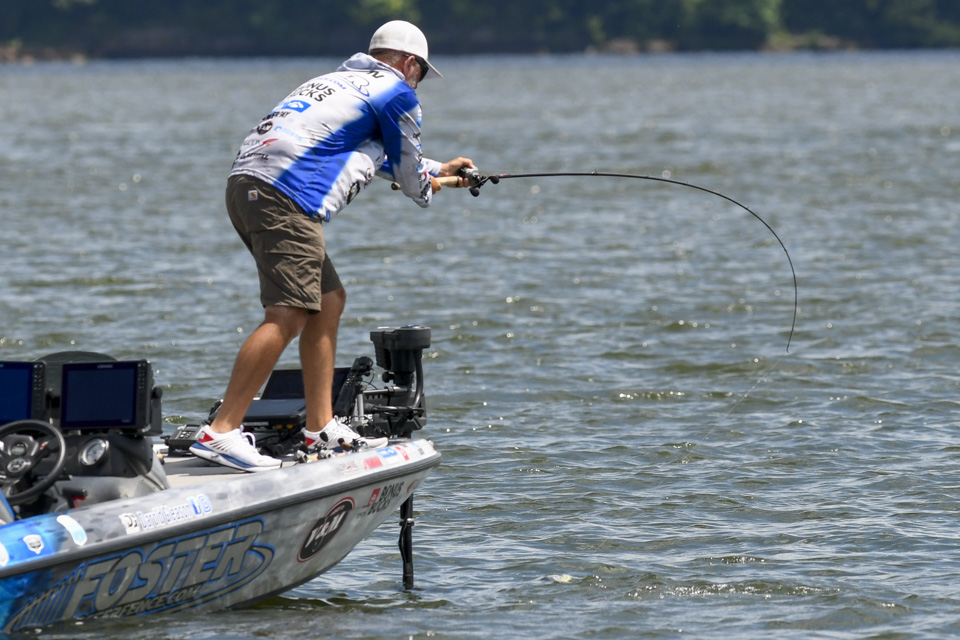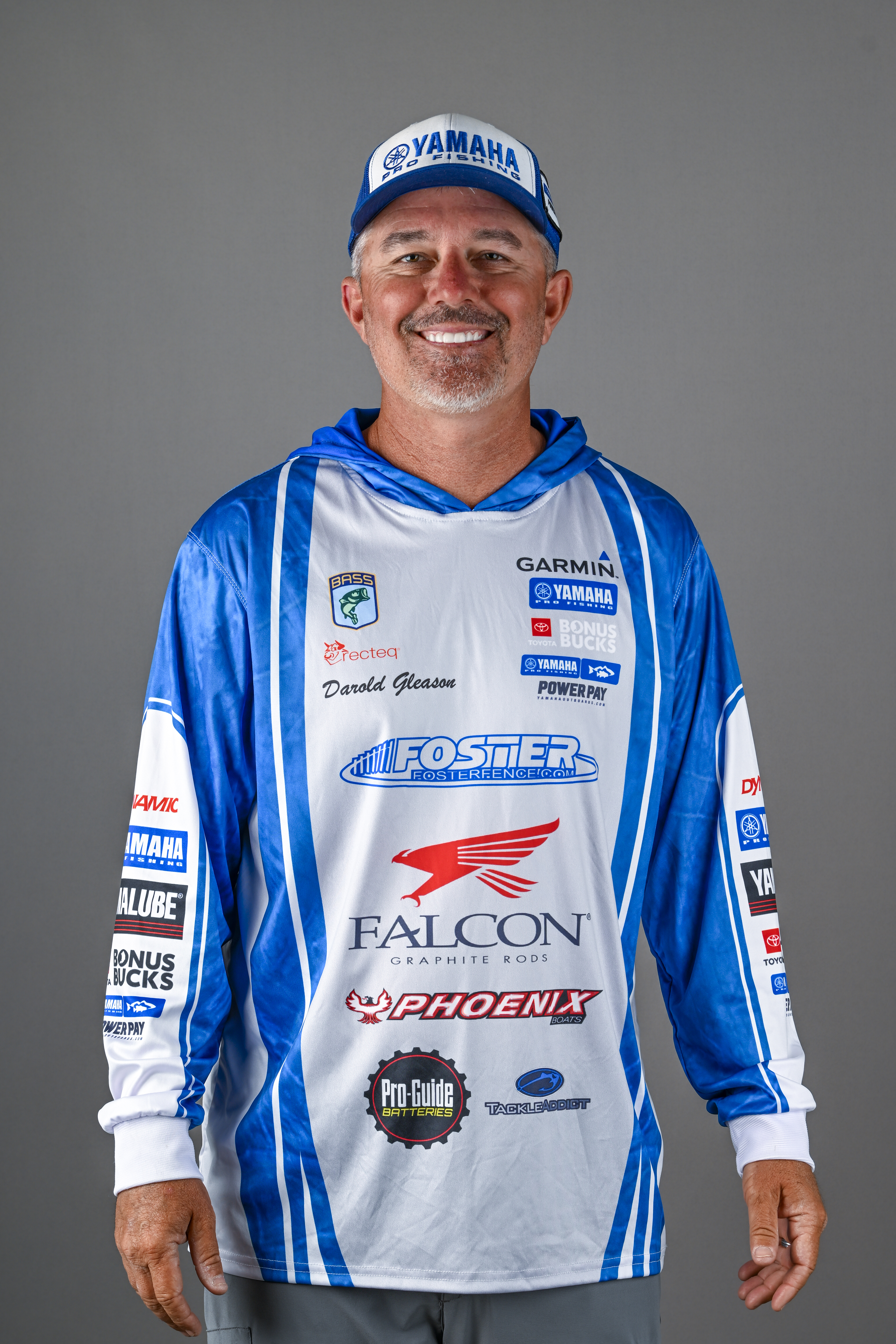
With the St. Lawrence River kicking off the Elite Series’ 2022 Northern Swing, it’s given me an opportunity to consider a key element of a professional fisherman’s career — adaptation. I think all of us pride ourselves in being continuous learners, but it’s the ability to apply what you’ve learned that matters most.
This is my second year on the Elites, and while my northern experience is less than some of my competitors, I feel I’ve been able to grow and improve. I mainly did this by adapting techniques and strategies I’ve learned on my home waters of Toledo Bend and Sam Rayburn. One good example is the Carolina rig.
The biggest difference is where you’re throwing the Carolina rig. Back home, a lot of times, we throwing it deeper on offshore structure. Up north, a lot of these lakes don’t have those big drops, so the fish get on humps, rides and flats. I find the Carolina rig is a great way to cover water on flats because you can drag it around, move around a lot and find the fish.
Back home, I’ll use a 1-ounce egg weight, but up here, I’m using a 3/4-ounce tungsten weight because you’re generally targeting rock piles and boulders. The technique is very similar because you get so much feedback as far as the bottom composition.
Another element I vary for my northern fishing is leader length. Back home I’ll often use a 3-foot leader because, a lot of times, I’m trying to imitate a bluegill swimming around a brush pile or something like that.
On northern fisheries, the influence of gobies has brought most of the fish’s attention to bottom structure. I feel like when the fish are tight to the bottom, they’re feeding on things that are in the rock, so I never use more that 2 feet and usually it’s only a foot and a half.
Also, up north, I tend to throw smaller baits like small craws or smaller creature baits. You basically downsize everything up here just a touch on the business end of a Carolina rig as opposed to back home in Texas and Louisiana. You’re trying to mimic gobies and crayfish, but the crayfish up here aren’t as big as the palm-sized ones I’m used to seeing down south. They’re much smaller.
And that’s the thing I’ve learned about smallmouth — the big ones don’t have to eat giant baits. They will occasionally, but they’re built a little different. A largemouth of similar size will eat fewer big meals. Smallmouth are just angry little gremlins, and they eat all day.
They’ll eat bunches of small crawfish or gobies in a day, so smaller baits are just a necessity up here to get the bites. But it’s amazing the size fish that will eat a 3- or 4-inch craw.
The great thing about a Carolina rig is it catches a lot of fish, but it also catches big fish. That’s what makes this rig equally valuable as a practice technique and a tournament technique — it catches fish of all sizes.





